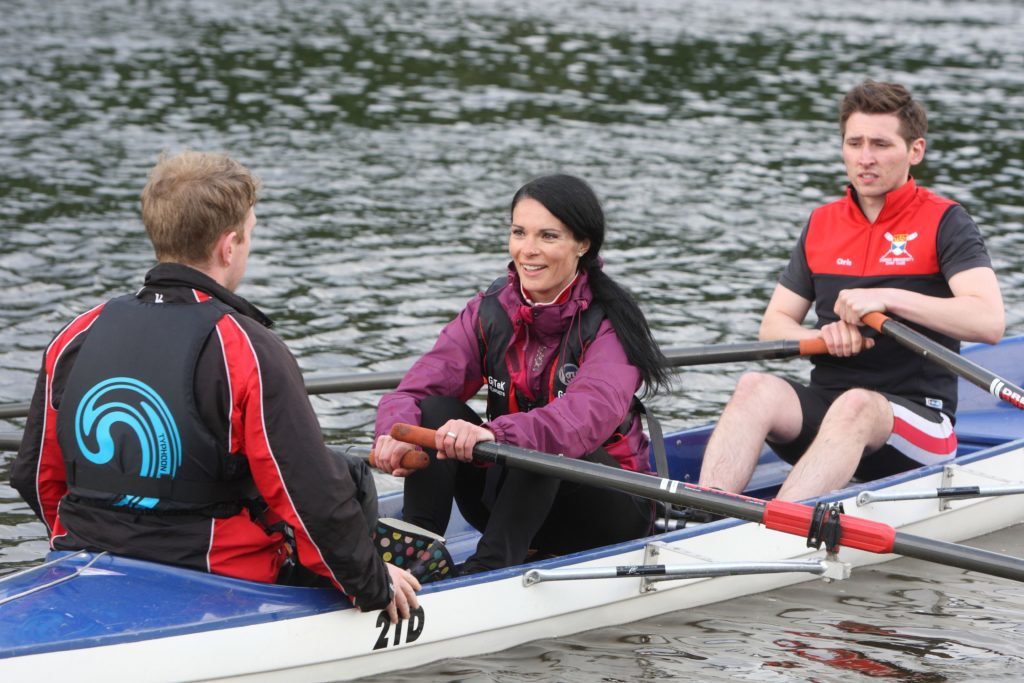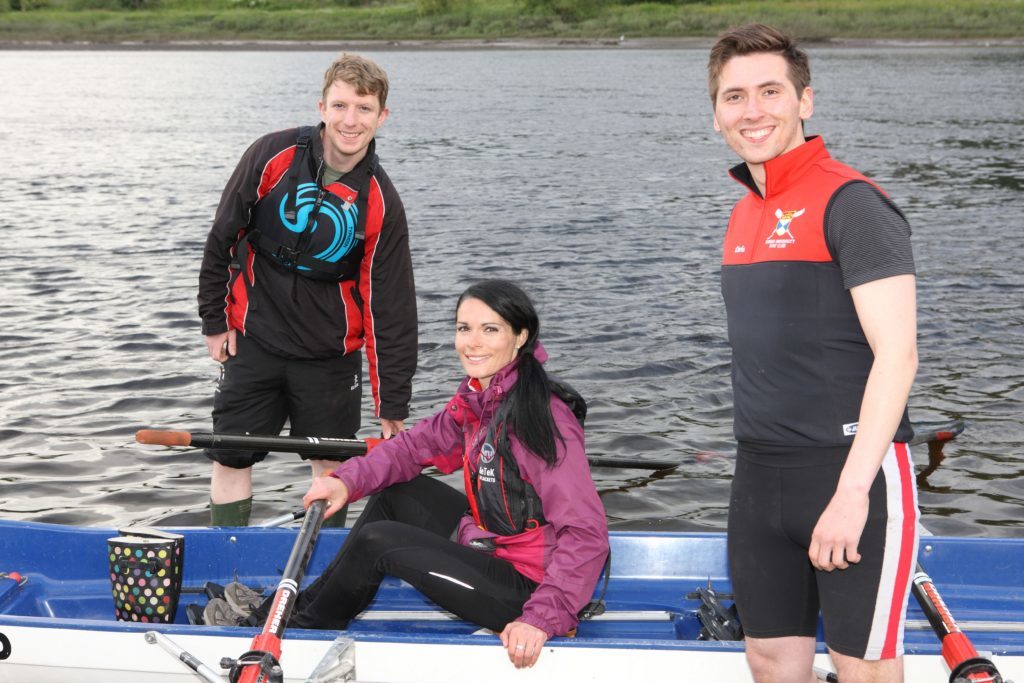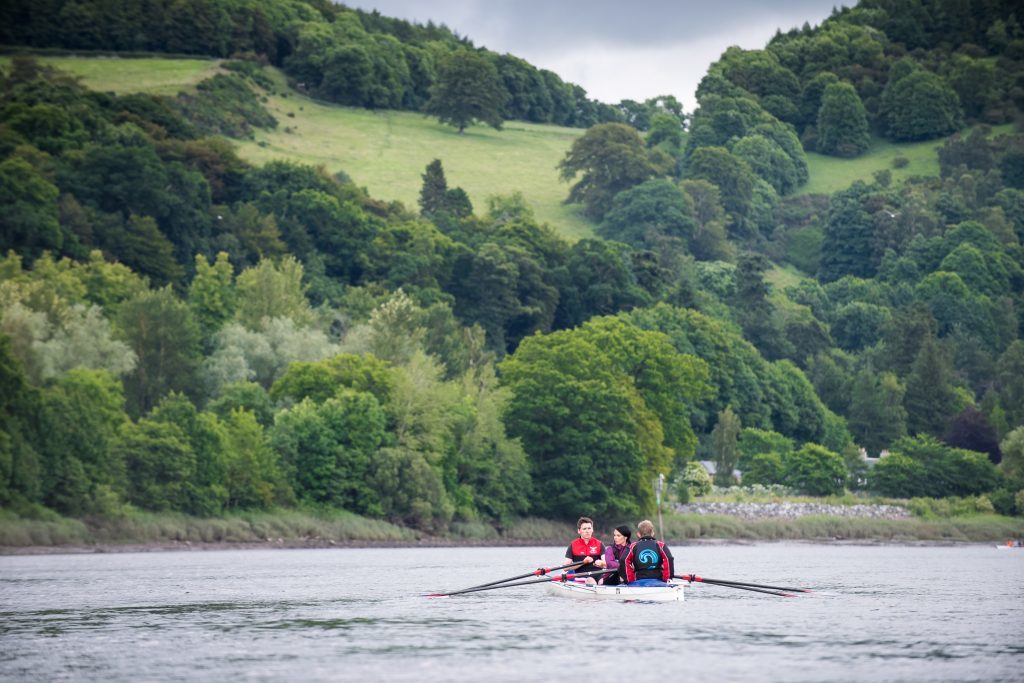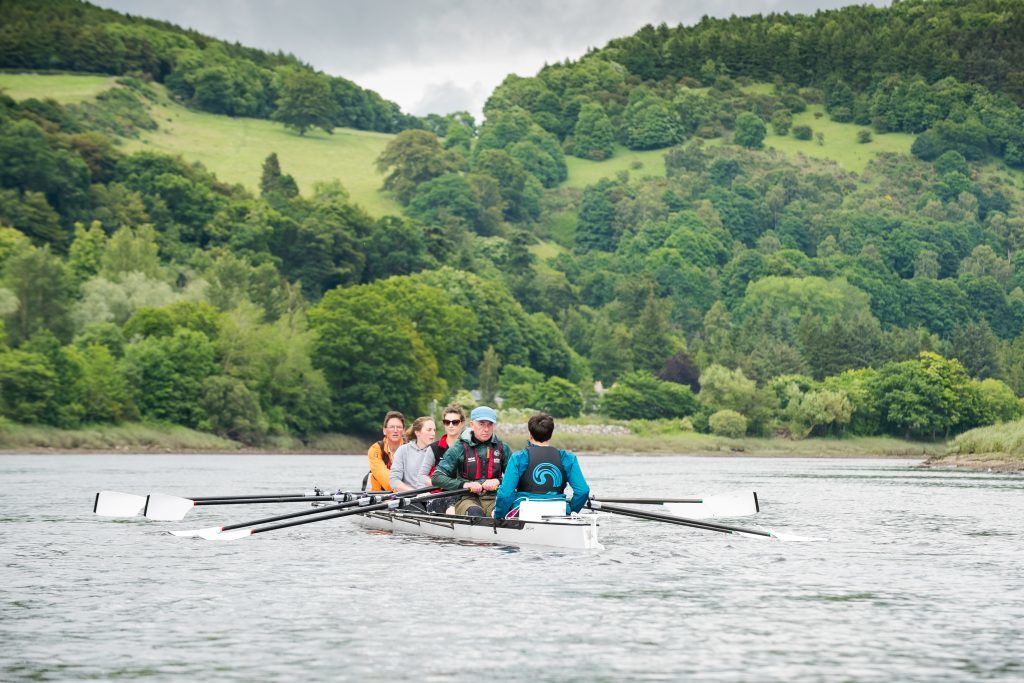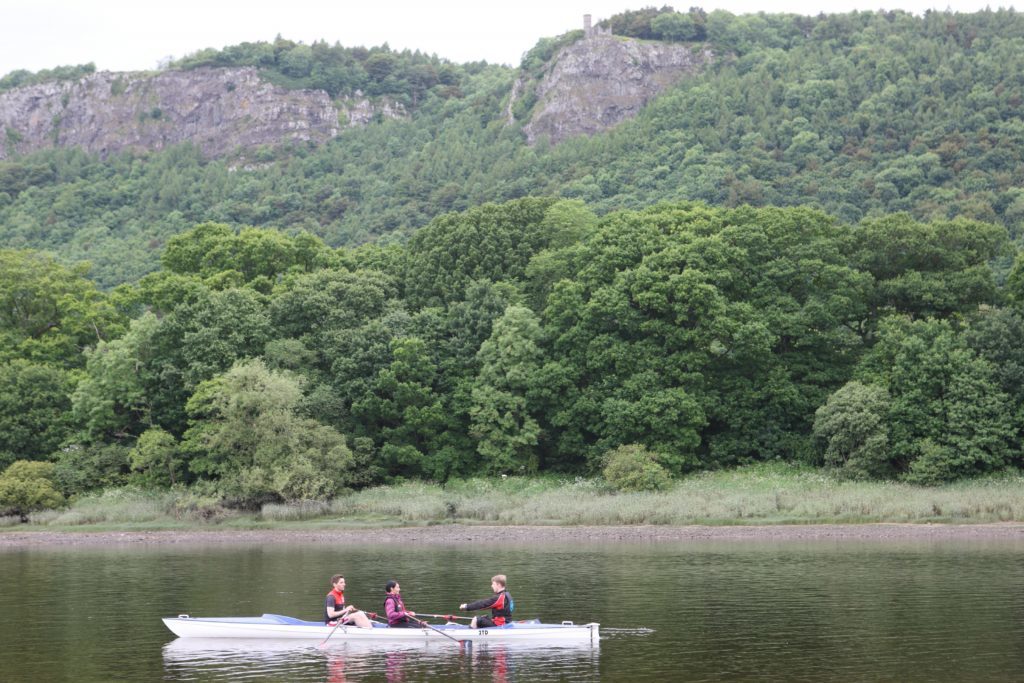It’s the ultimate team sport. You win together and you lose together.
Alas, if I was in a rowing team any time soon, it would be me who would be the weakest link and we would, without a shadow of a doubt, lose.
I discovered this after taking part in a “give it a go” rowing session run by the newly formed Tay Rowing Club.
I was embarrassingly awful – uncoordinated, unable to take on board instructions, constantly scraping my hands against each other, getting the oars stuck in my pockets, and out of sync.
This surprised me. I’d successfully used rowing machines in gym (or so I thought), had enjoyed coastal rowing in a skiff, and had played around in traditional wooden clinker rowing boats over the years.
So why, when it came to attempting to row a double scull – a two-person, four-oared rowing boat – was I so appalling?
Maybe it was a case of information overload, or believing I’d take to it like a duck to water.
Setting off from Tay Rowing Club’s HQ along from Friarton Bridge, at what they call “tattie pier” (where potatoes and grains were once off-loaded), I stepped into a training boat with Eoin Ryan and Chris Bell.
Eoin, 28, was coxswain and Chris, 25, was bowman – the rower in the bow of the boat. Apparently I was in the “stroke” seat.
Because Chris and I were facing backwards, we couldn’t see where we’re going, so it was up to Eoin, as cox, to steer the boat via verbal commands, as well as providing motivation and encouragement.
We started off with Eoin calling “backstops”, which is the starting point for a crew before we begin to row. You need to be sitting with legs straight, leaning back and holding the oars under your chest with the blades resting on top of the water.
Then there’s “frontstops”, which means legs should be slightly bent, arms are straight and stretched out. The blade should be square and ready to take the stroke.
At the “catch”, the rower places the blade in the water and applies pressure to the oar by pushing the seat towards the bow of the boat by extending the legs, thus pushing the boat through the water. Sound complicated? I thought so.
Watching me splashing about and generally making a fool of myself, Eoin and Chris concluded that I was over-thinking things, so I stopped thinking and did whatever came naturally.
And when I did that, I got on okay. “You were storming it once you relaxed,” said Eoin.
I did, however, catch a few “crabs”, which meant I plunged the blade into the water at the wrong angle and slowed the boat down.
“You see loads of people on rowing machines not quite mastering the action,” said Eoin. “There’s a lot more to it than just pulling the oar with your upper body and the reason you row backwards is so that you can use both legs and arms and as many muscles and as much power as possible.”
The fact this was my first attempt at competitive rowing meant I wasn’t doing as badly as I thought, or so the lads assured me.
“Come back again and you can guarantee you’ll get the hang of it,” said Chris. “It’s all about coordination and technique, and not simply fitness.”
So what is it they love about rowing? “If you’re rowing together, it’s almost spiritual,” said Eoin. “And it’s the perfect team sport; you can’t have one superstar.”
It’s also a fantastic low-impact, full-body workout, burning calories while toning just about every major muscle.
Tay Rowing Club launched this year with the aim of making the Tay a major centre for the sport.
They were able to set up thanks to donations from Scottish Rowing and other beneficiaries, and a lottery grant to fund boats
The youngest member of Tay Rowing Club thus far is 15, and the oldest, a 72-year-old. And the club is on the hunt for new people to get involved – of all ages and abilities – with a series of “Come and Try” sessions planned.
info
Tay Rowing Club (TRC) is hosting a “Come and Try” session on July 23 from 11am at their headquarters near Rhynd on the south side of the River Tay, near Friarton Bridge. See their website, tayrowingclub.wordpress.com, for more details. TRC is among 19 clubs in Scotland to have signed up to Project Rio, a Scottish Rowing initiative aimed at making it easier for members of the public to find their local rowing clubs and get into the sport. This involves “Learn2Row” courses and a Rio Regatta in September.
